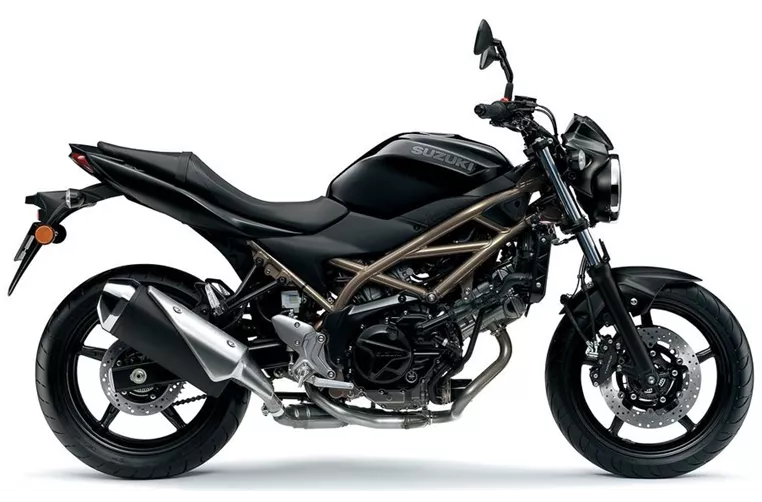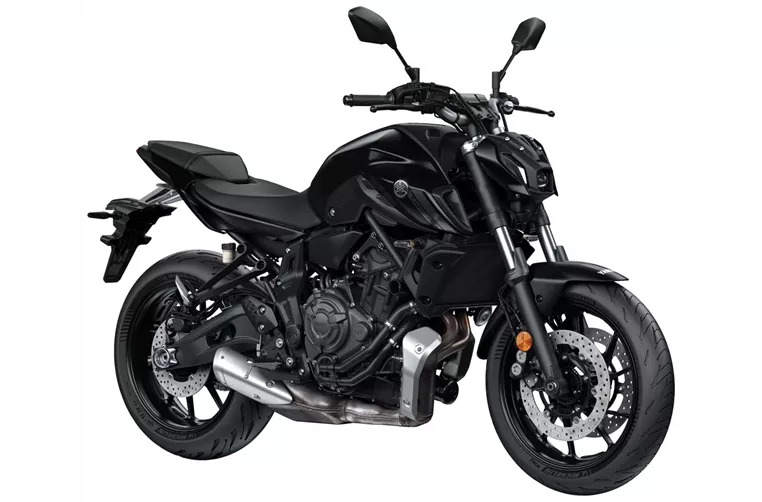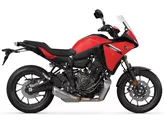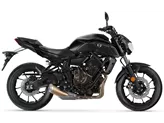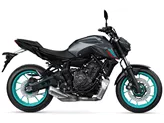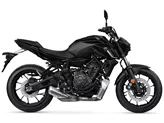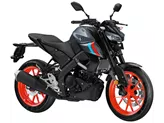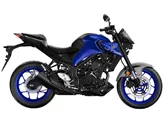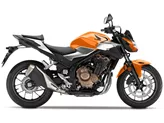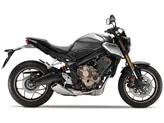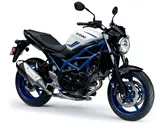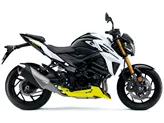Suzuki SV 650 2021 vs. Yamaha MT-07 2021
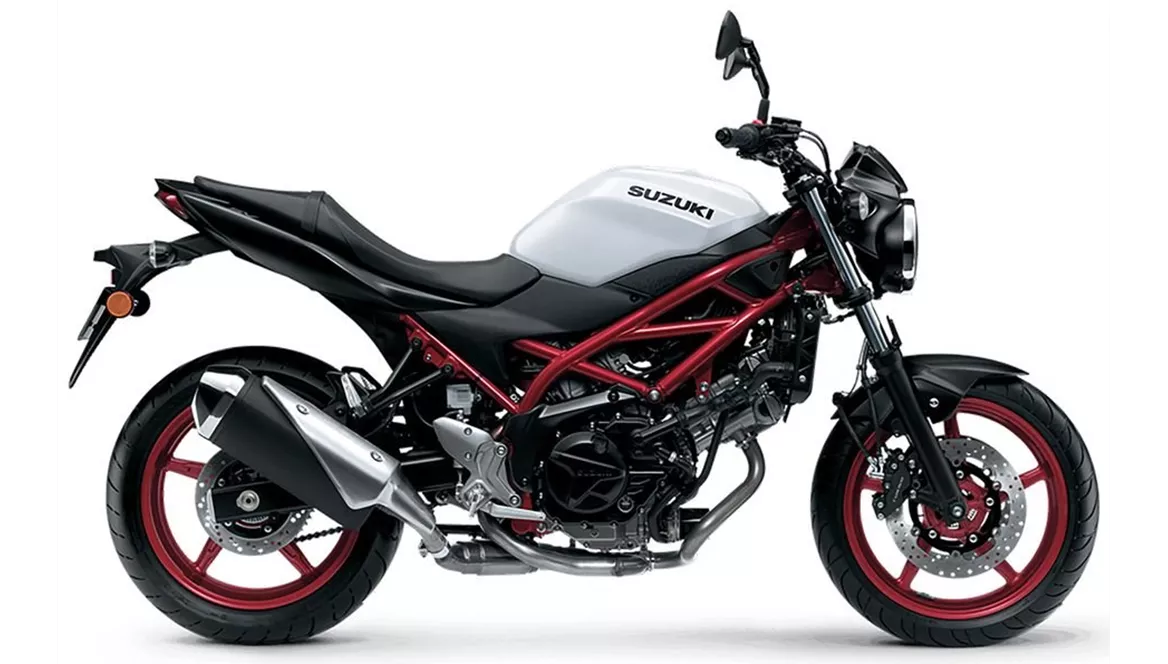
Suzuki SV 650 2021
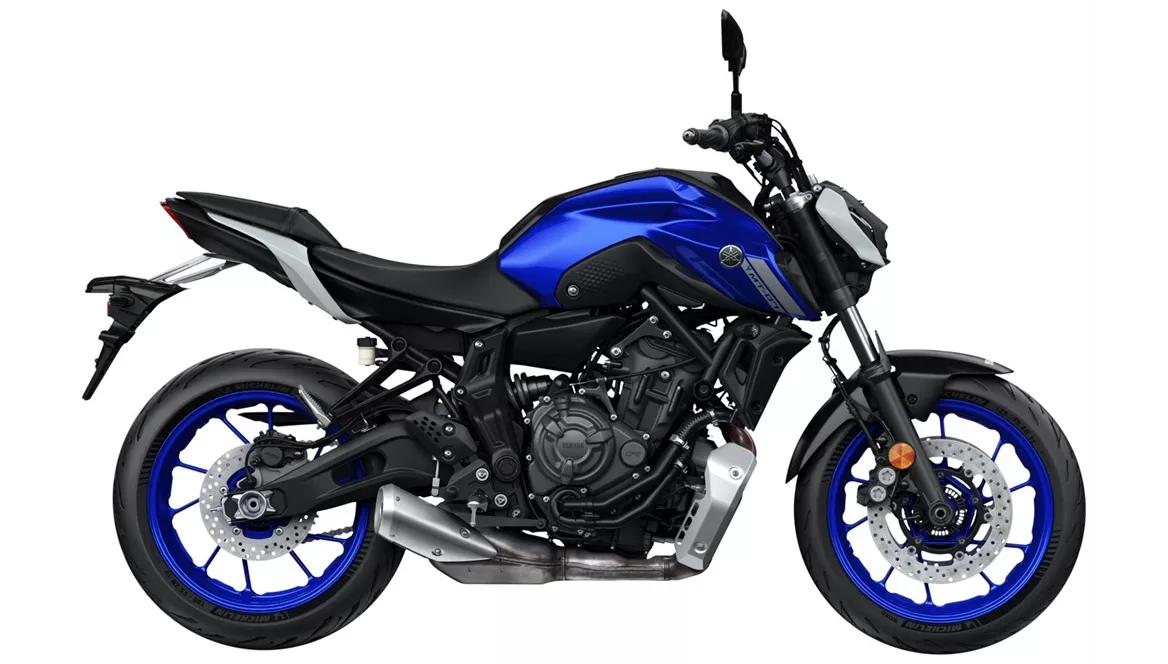
Yamaha MT-07 2021
Vue d’ensemble - Suzuki SV 650 2021 vs Yamaha MT-07 2021
The Suzuki SV 650 2021 and the Yamaha MT-07 2021 are both popular naked bikes in the market. While they share some similarities in terms of engine power, fuel system, suspension, and frame, there are also notable differences between the two.
Starting with the engine, both bikes have a 2-cylinder configuration with liquid cooling. The Suzuki SV 650 has a V2 powerplant, while the Yamaha MT-07 has an inline engine. The Suzuki SV 650 produces 73 horsepower and 64 Nm of torque, while the Yamaha MT-07 offers slightly more power with 73.4 horsepower and 67 Nm of torque. Both bikes have fuel injection systems, ensuring efficient fuel delivery.
In terms of suspension, both bikes feature a telescopic fork at the front and a swing arm with a monoshock at the rear. This setup provides a comfortable and stable ride for both bikes. The chassis of both bikes is made of steel, which contributes to their durability and rigidity.
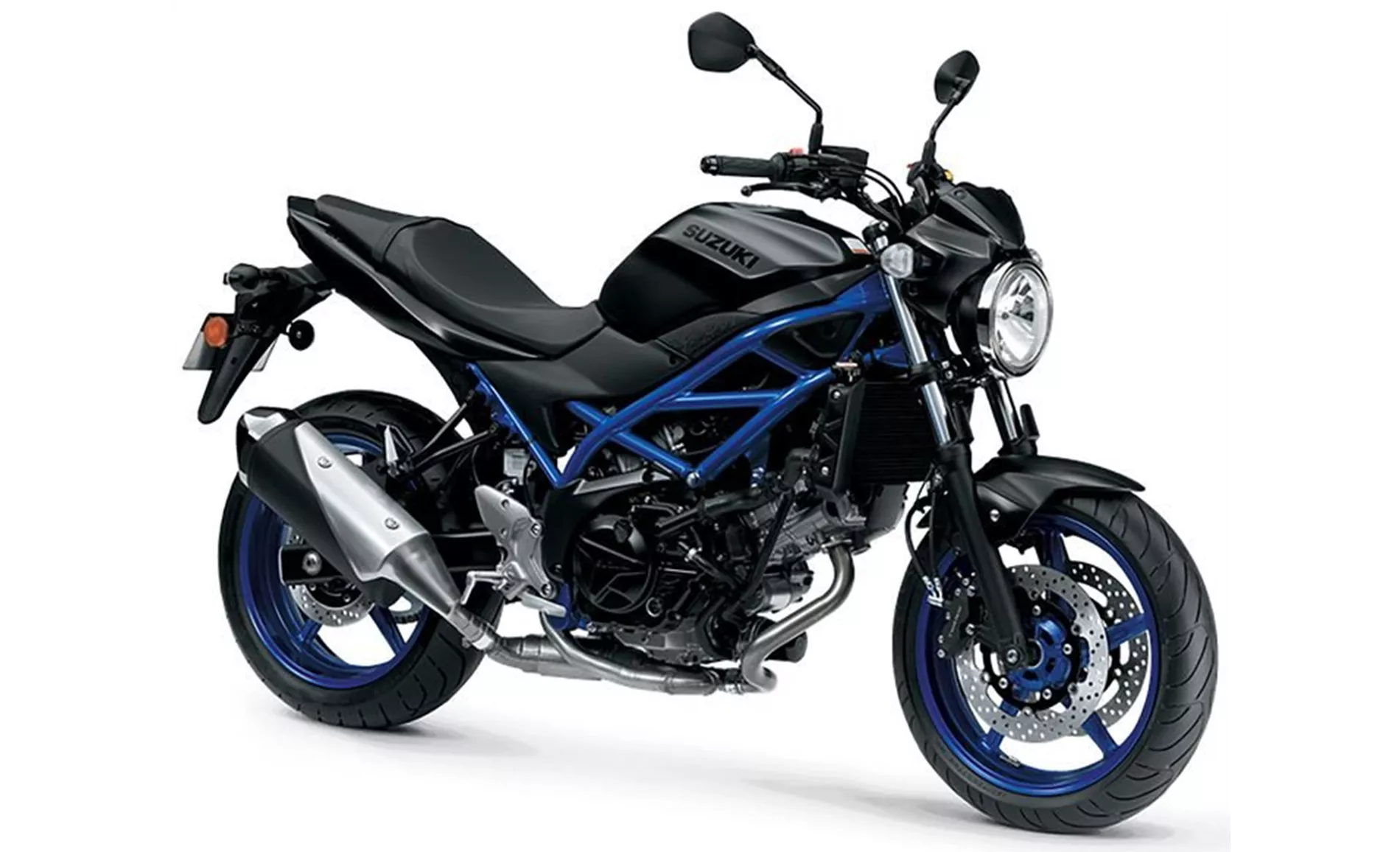
Suzuki SV 650 2021
When it comes to braking, both bikes are equipped with double disk brakes at the front. However, there are slight differences in the brake diameter, with the Suzuki SV 650 having a 290 mm diameter and the Yamaha MT-07 having a slightly larger 298 mm diameter. Both bikes also come with ABS as an advanced rider assistance system, ensuring safe and controlled braking.
In terms of dimensions and weights, there are some variations between the two bikes. The Suzuki SV 650 has a front tire width of 120 mm and a rear tire width of 160 mm, while the Yamaha MT-07 has a wider rear tire with a width of 180 mm. Both bikes have a 17-inch front and rear tire diameter. The wheelbase of the Suzuki SV 650 is slightly longer at 1445 mm compared to the Yamaha MT-07's 1400 mm wheelbase. The seat height of the Suzuki SV 650 is also slightly lower at 785 mm, while the Yamaha MT-07 has a higher seat height of 805 mm. In terms of weight, the Yamaha MT-07 is lighter with a kerb weight of 184 kg, while the Suzuki SV 650 weighs 200 kg with ABS.
When it comes to fuel capacity and consumption, both bikes have similar fuel tank capacities, with the Suzuki SV 650 having a 14.5-liter tank and the Yamaha MT-07 having a slightly smaller 14-liter tank. The Suzuki SV 650 has a range of 353 km and a combined fuel consumption of 4.1 l/100km, while the Yamaha MT-07 has a range of 333 km and a combined fuel consumption of 4.2 l/100km.
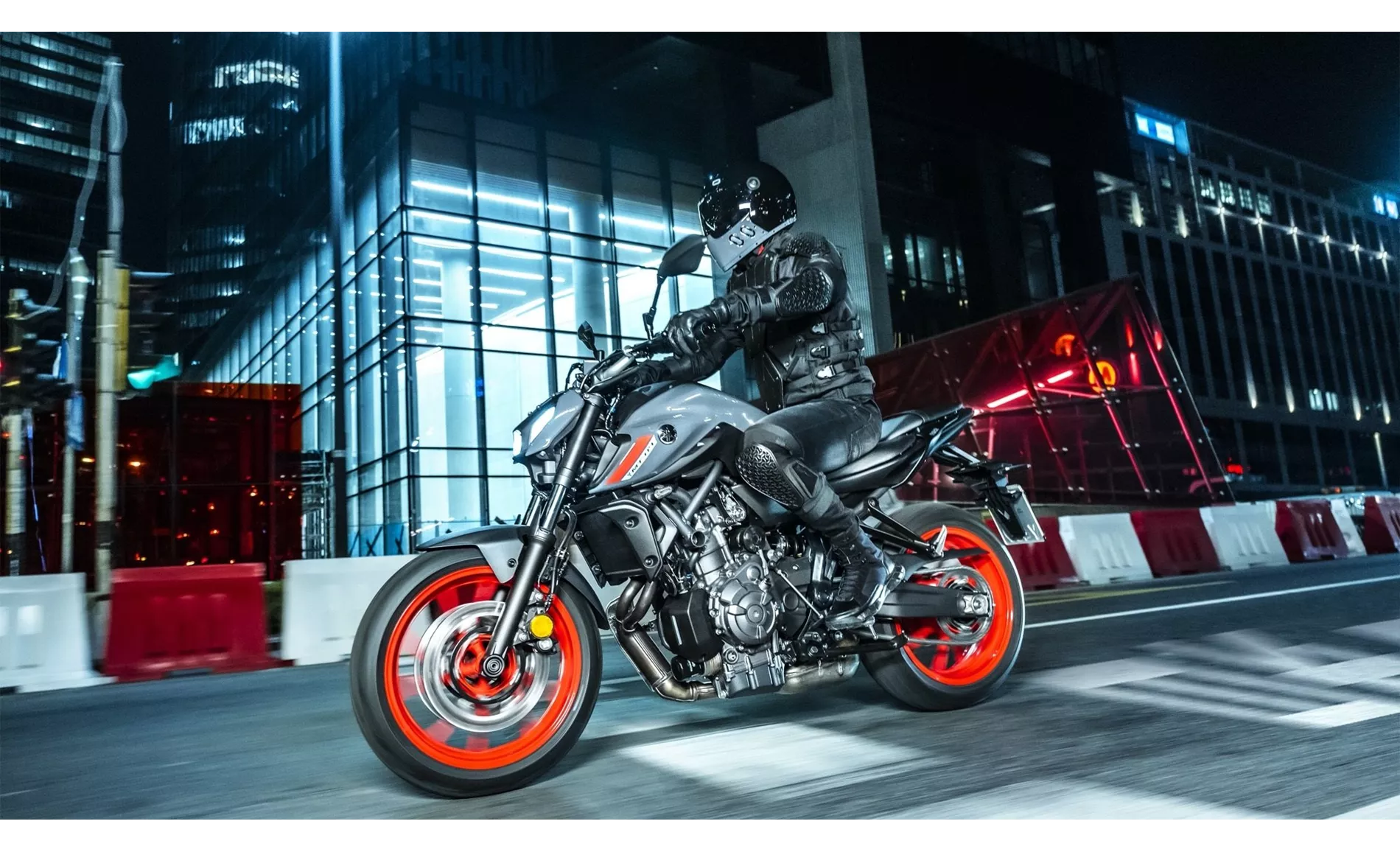
Yamaha MT-07 2021
In terms of strengths, the Suzuki SV 650 is praised for its confident V2 powerplant with character, stable chassis, comfortable seating position, easy handling, and timeless look. On the other hand, the Yamaha MT-07 is known for its great engine, pleasant ergonomics, transparent brake feel, good price/performance ratio, transparent handling, and a good mix of cool and practical features.
However, both bikes also have their weaknesses. The Suzuki SV 650 requires manual force for braking, lacks additional electronics apart from ABS, and has moderately readable instruments. On the other hand, the Yamaha MT-07's chassis may find its limits with a very sporty driving style.
Overall, both the Suzuki SV 650 2021 and the Yamaha MT-07 2021 are solid choices for naked bikes, offering a combination of power, performance, and comfort. The decision between the two will ultimately come down to personal preferences and priorities.
Caractéristiques techniques Suzuki SV 650 2021 par rapport à Yamaha MT-07 2021
Avantages et inconvénients en comparaison
Avantages et inconvénients en comparaison
Suzuki SV 650 2021
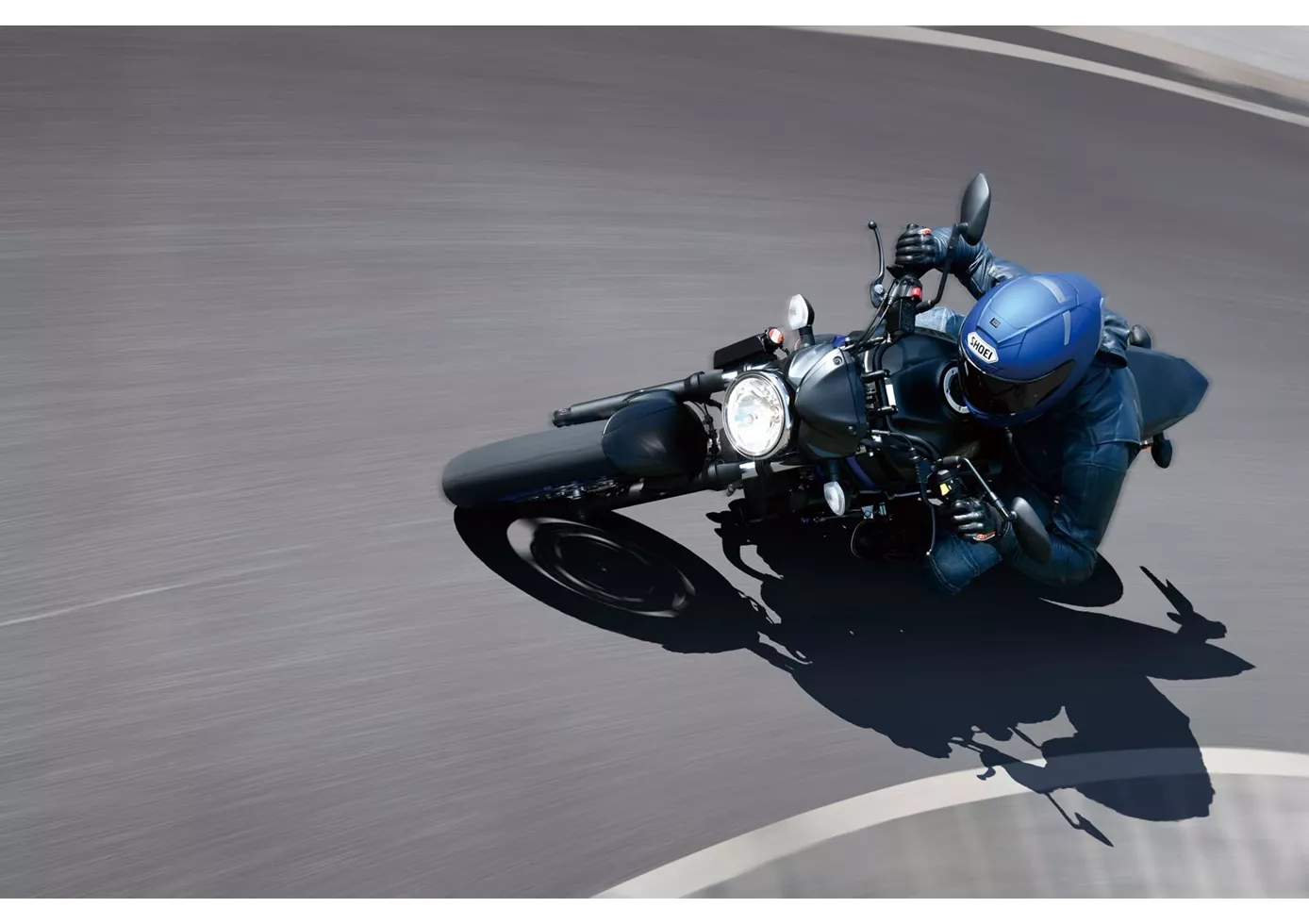
La Suzuki SV 650 n'a pas beaucoup évolué depuis cinq ans par rapport à son prédécesseur. Le moteur a été mis à jour selon la norme Euro5 et se présente désormais de manière encore plus adulte, ce qui lui permet de s'intégrer parfaitement au reste du package. La SV 650 ne veut effrayer personne, surtout pas les débutants. Le châssis donne une impression de solidité et de sérénité, le frein demande une bonne force manuelle pour éviter un surfreinage inattendu. L'optique est d'une part intemporelle, mais d'autre part vraiment un peu dépassée sur certains composants. En revanche, le prix est correct, comme d'habitude chez Suzuki.
Yamaha MT-07 2021
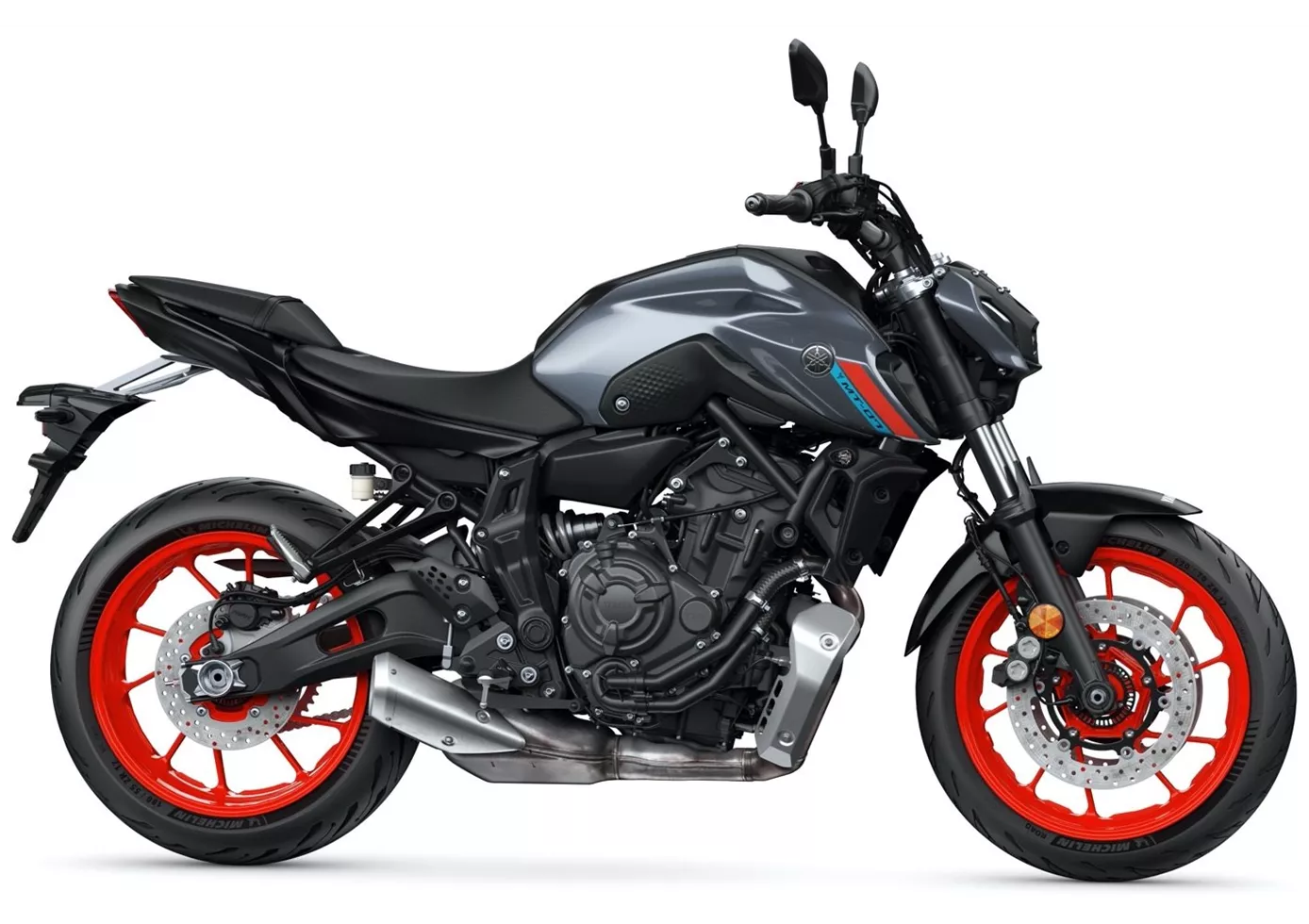
Faire de la moto en toute décontraction ! La MT-07 transmet une joie de vivre insouciante et on aime se dandiner dans les virages avec cette machine poussive. Le moteur est toujours garant du plaisir de conduire. C'est étonnant de voir la flamme qui brûle dans ce petit engin. Malheureusement, le châssis n'est toujours pas vraiment bon. Avec l'absence de Quickshifter, il rappelle la douceur de l'étiquette de prix de la Yamaha.
Comparaison des prix Prix moyen du marché Suzuki SV 650 vs Yamaha MT-07
There are a few key differences between a Suzuki SV 650 2021 and a Yamaha MT-07 2021. In terms of price, the actual average price of a Yamaha MT-07 2021 is about 23% higher. Compared to Yamaha MT-07 2021 there are less Suzuki SV 650 2021 bikes available on the 1000PS.de Marketplace, specifically 13 compared to 25. It takes less time to sell a Yamaha MT-07 with 91 days compared to 111 days for the Suzuki SV 650. Since model year 2005 1000PS.de editors have written 25 reviews for the Suzuki SV 650 and 69 reviews for the Yamaha MT-07 since model year 2013. The first review for the Suzuki SV 650 was published on 9/26/2008 and now has more than 14,200 views. This compares to more than 12,600 views for the first review on Yamaha MT-07 published on 11/4/2013.
